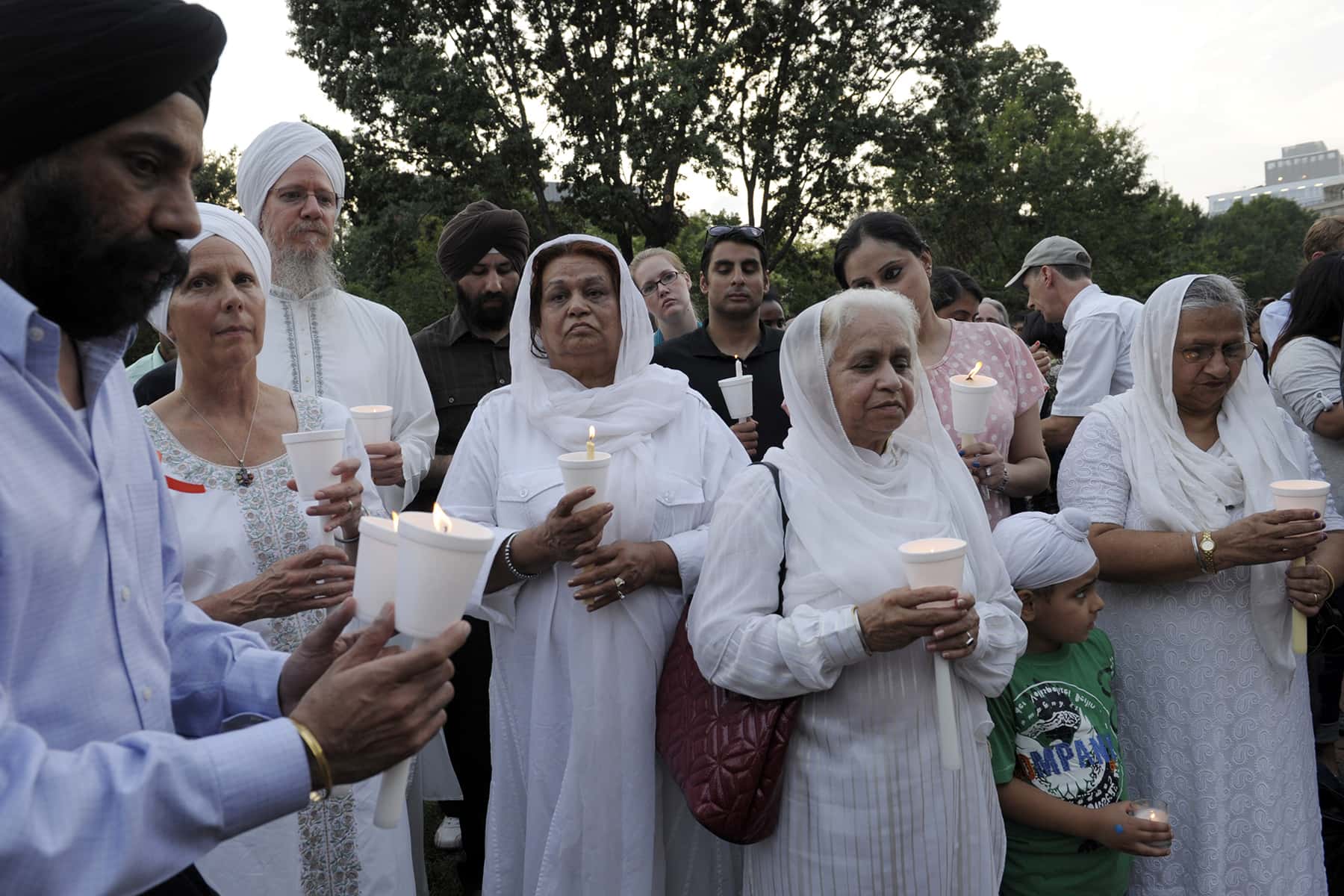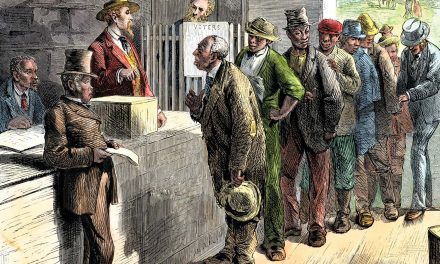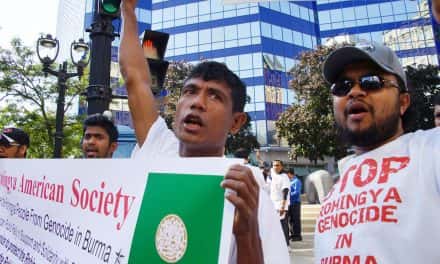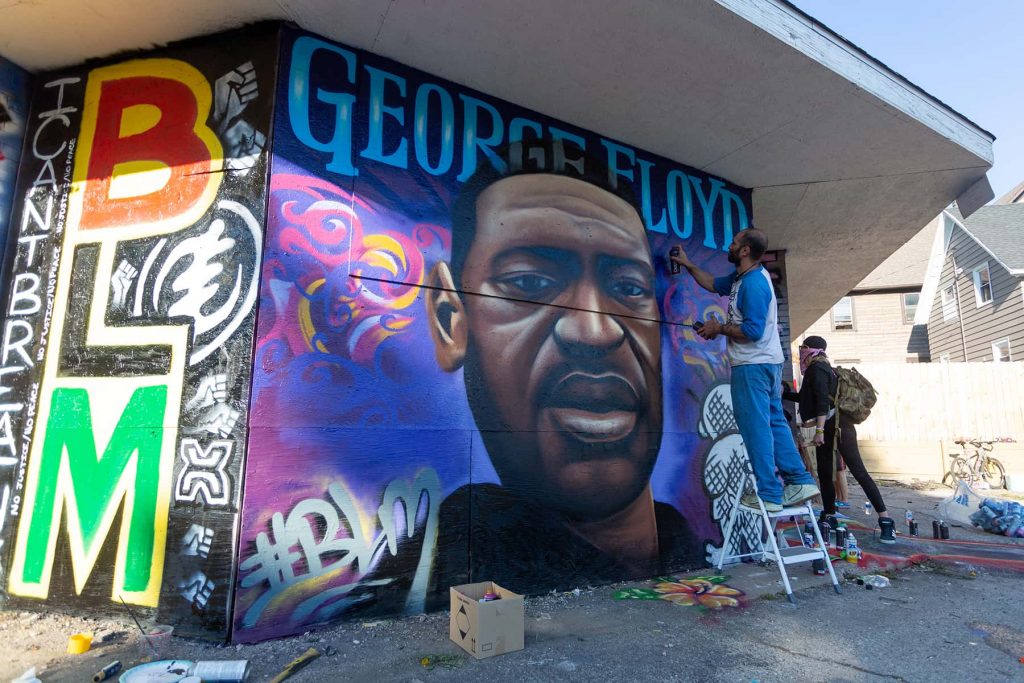
A few years ago, when I asked my wife if she would like to take the kids to see a movie, she informed me that she doesn’t like patronizing theaters. When I asked her why, her response was not surprising. But it did make me think about how many more people felt the same way. She stated that a movie theater and other public places made her uncomfortable, because she was worried that someone would shoot the place up and she would not be able to protect the kids.
In the wake of what seems to be a never-ending cycle of mass murder violence; six mass shootings in a matter of five weeks, our pandemic of violence is taking a toll on our collective sense of safety in this country. The latest shootings at an Indianapolis FedEx manufacturing plant, which took the lives of eight, and a nearby Kenosha bar, which took the lives of three.
In this reflection, I want to discuss some of the challenges regarding the defining, tracking, enforcement, and overall understanding of this specific type of violence. I will conclude with highlighting the importance of changing up the way that we both talk about prevention and response to mass shootings. My fear is that if we don’t change the narrative of mass casualty violence the cycle will become intractable.
First, the definition of what constitutes a mass shooting is not universal. Currently, the Gun Violence Archive defines a mass shooting as “four or more victims shot or killed. If this is your accepted definition of a mass shooting, then there has been over 147 already this year, more than one a day, and 610 in 2020. Other definitions take into account the motive, randomness, where it happed, how many killed, was the perpetrator among the deceased, and so on.
Congressional Research Service defines a mass shooting as “four or more victims who are murdered with a firear m- not including the offender(s), within one event, and at least some of the murders occurred in a public location or locations close proximity, and the murders are not attributable to any other underlying criminal activity or commonplace circumstances.” Perhaps the first thing that we need to establish is a universally accepted definition of what constitutes mass murder.
Accordingly, we also need to establish an investigative body and enforcement units who keep track and can provide a comprehensive data analysis of the concerns and what they are doing to disrupt the escalation of this type of violence. To say that local, state, and federal authorities are concerned about the growing threat and are working on the issue typically means that no one is intentionally addressing the problem head-on, but it may be part of their overall mission to combat crime.
The issue of mass shootings are very layered and admittedly very hard for any one jurisdiction or agency to take the bull by the horns and be both responsible and accountable for curbing the escalation. However, we created the DEA to address narcotics concerns, the ATF to address alcohol and tobacco concerns, Homeland Security to address threats facing our country following 9/11. Can mass murder not be made a priority in the same way?
Similarly, that leads us to the need to have some discussion on the typical perpetrator of mass shooting violence. Since our country and the institutional power that exists in our country makes the decisions on who we deem a threat, could it be that the subconscious of enforcement has yet to catch up with the reality that the disgruntled, white man, in possession of a firearm may be more of a threat than a patriot?
Over the years, as I have traveled in what is commonly known as C.V.E. (Countering Violent Extremism) circles, it has been an uphill climb to convince intelligence agencies that the threat facing the U.S. is probably more homegrown than foreign. This is because C.V.E. work in America following 9/11 has built a culture centering on the western mindset that foreign terrorism is the most dangerous threat. This is despite growing and conclusive research showing that the domestic threat to violence is really the most dangerous. What can I say, cultures are hard to change and prevention work becomes just that much more difficult because of it.
Outside of not having a clearly designated definition, not having a clearly designated enforcement and investigative body, not having a culture that intentionally addresses domestic threats; we don’t even have a clearly designated trauma response to mass murder. Being greatly involved with mass murder violence for the past 9 years, I have observed a spectrum of responses. Some of the reactions have been amazingly organized and considerate of the communal trauma that is associated with mass murder. However, most of the responses have lacked consideration, and many have been a down right effort of revictimization.
A small example of this is when large organizations or private individuals look to financially gain from the misery of victims impacted by tragedy by setting up GoFundMe pages intended to help grieving families but instead this money ends up going to random people, organizations, and nonprofits. Horror stories have included the Oklahoma City Bombing, Columbine, 9/11, Virginia Tech, Aurora, Newtown, and so on where millions were donated because of communal sympathy but the donated funds intended for the victims never made it there.
Other insensitivities of response have included lack of acknowledgement of the victim impact, overly identifying with the narrative of the perpetrator, politicizing the incident, lack of follow up by authorities and elected officials, lack of accountability by authorities and elected officials, lack of support around safety concerns and needs going forward, lack of culturally trained mental health professionals to assist with the recovery process, and sometimes, just a lack of recognition of the deep harm felt by the community targeted.
As we go forward, and the COVID-19 pandemic eases restrictions on gathering in public and private spaces, we need to take the threat of mass shootings seriously and be intentional in building an infrastructure on both prevention and supporting the communal and individual trauma of survivors. Let’s have meaningful discussions on the role of guns and enact policies around gun reform since 100% of mass shootings in our country involve the use of firearms.
We should address men being conditioned to externalize harm as 98% of mass shooters are male. We need to have a discussion on the toxicity of male grievance culture, seeing women as sex objects and especially the “white male grievance culture, seeing job entitlement and power as an extension of white supremacy.” Furthermore, we should have a discussion around the new prevention model strategy that is being adopted by D.H.S. (Department of Homeland Security) which takes a look at targeted violence and terrorism prevention by focusing on proactive measures that are aimed at building protective capabilities and understanding the impact that this type of violence inflicts on the community rather than the motive of the shooter.
The real power in solutions is intention. If you want to create inclusion, you must be intentional. If you want to rid the world of the COVID-19 pandemic, you again, must be intentional. If you want to address the plague of racism, you must be intentional. If we are going to rid ourselves of the suffering caused and felt by mass shooting violence, we must have the courage to be intentional.
We need to have conversations, understand the depth of this concern, develop preventive frameworks, and an infrastructure whose goal it is to move beyond the traditional model of terrorism prevention and enforcement and look at this issue with much more profound, advanced perspective of how culturally programmed we are for a propensity to commit or consume violence, especially our boys and men. We need to have measurable goals and a methodology to achieve success. Finally, we need to have courage to make this all happen. This issue, like other issues is complex but not unfathomable.
Currently, there is a shrinking of public spaces where we can feel completely safe and secure. Movie theaters, shopping malls, schools, faith sites, bars, restaurants, spas, work-sites, and so on have recently become the targets of mass casualty shootings. Our children as young as 5-years-old are practicing active shooter drills. Most corporations have lock down and safety evacuation plans. Faith-sites, where one should feel sanctuary are also provided a threat analysis. Our once thriving economy has already been severely hampered by the pandemic and there are far too many who are choosing to Netflix and chill over going to the movie.
How bad does it need to get until we do something? That is up to us. Freedom and mass shootings cannot coexist.
© Photo
Susаn Wаlsh














